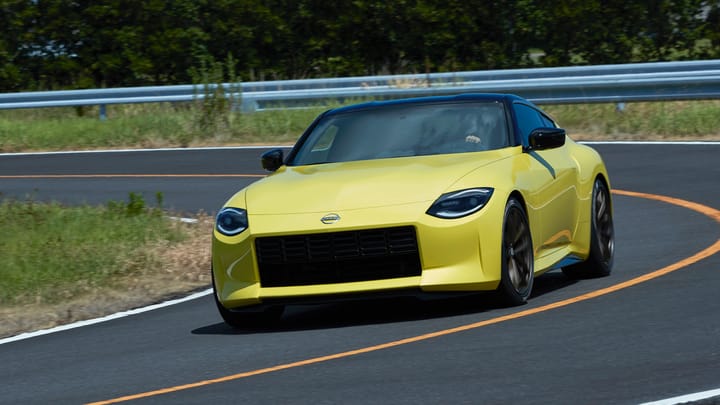HISTORY: The clever Nissan turbo cheat.
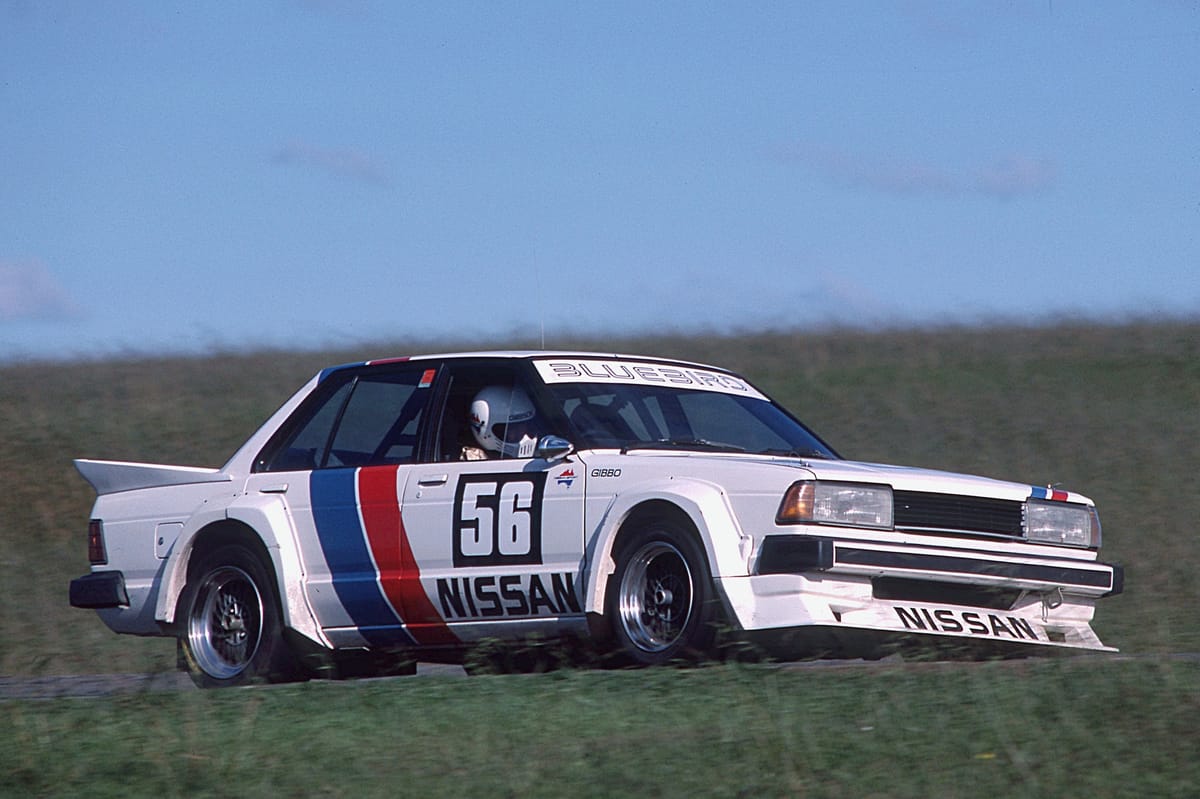
Nissan rattled the home-grown touring car world when it rolled its turbocharged Bluebird into action in Australia.
The Japanese maker was very big in rallying at the time, taking the fight up to Ford and its brilliant Escort RS1800s across Australia and claiming a string of major wins and titles with George Fury, Ross Dunkerton and Geoff Portman in locally-developed Stanzas.
Then, with the marketing focus switching the Melbourne-made showroom effort from the Stanza to the Bluebird – sadly and stupidly and wrongly pitched as ‘Australia’s first four-cylinder limousine' – it was up to canny competition boss Howard Marsden to create something special.
He went to work on the Bluebird.
Things started slowly - very slowly - with a low-key track-attack using a tweaked Stanza in sports sedan races with Fury doing the driving. He had even more to learn than the crew.
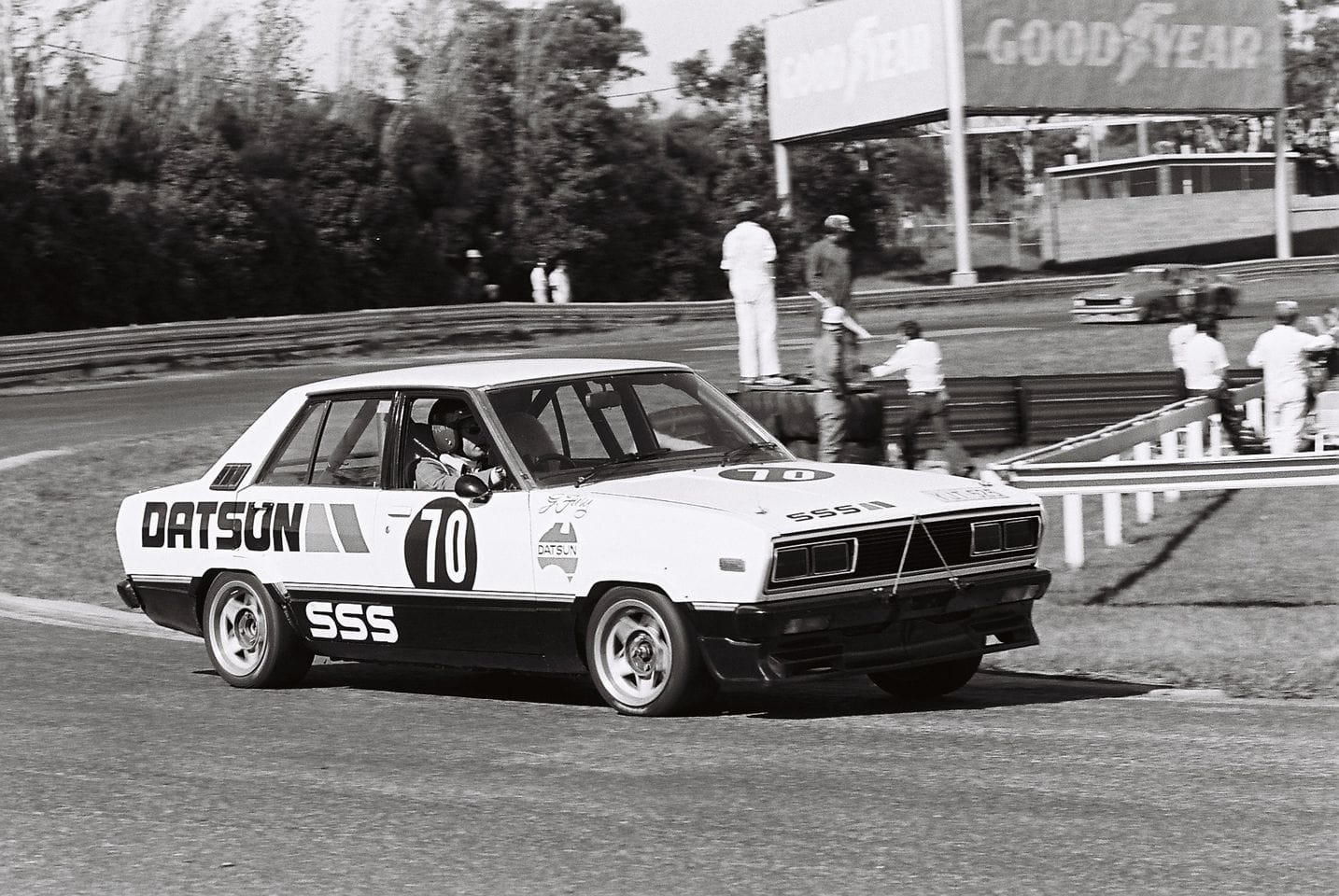
The converted rally car was never going to win in Sports Sedan starts, but it taught Fury about racing and switched the factory team’s focus from dirt to bitumen.
Then along came the Bluebird, with Fred Gibson joining the Nissan Australia line-up as a driver and car preparer from his base in Sydney.
Over time, a group of world-class Japanese drivers flew in for the Bathurst 1000 and the Bluebird became surprisingly fast, with Fury even taking pole position at Mount Panorama in 1984.
But the Bluebird was mostly a one-lap wonder, thanks to the explosive effects of turbocharging on its 1.8-litre four-cylinder engine.
Up against the homegrown V8s, and even Allan Moffat’s rotary-powered RX-7s, it was a case of ‘Close, but no cigar’.
The turbocharged version of the Bluebird was never sold in Australia, as family buyers had to rely on an asthmatic 2-litre four, but it was tweaked and tizzied in Japan.
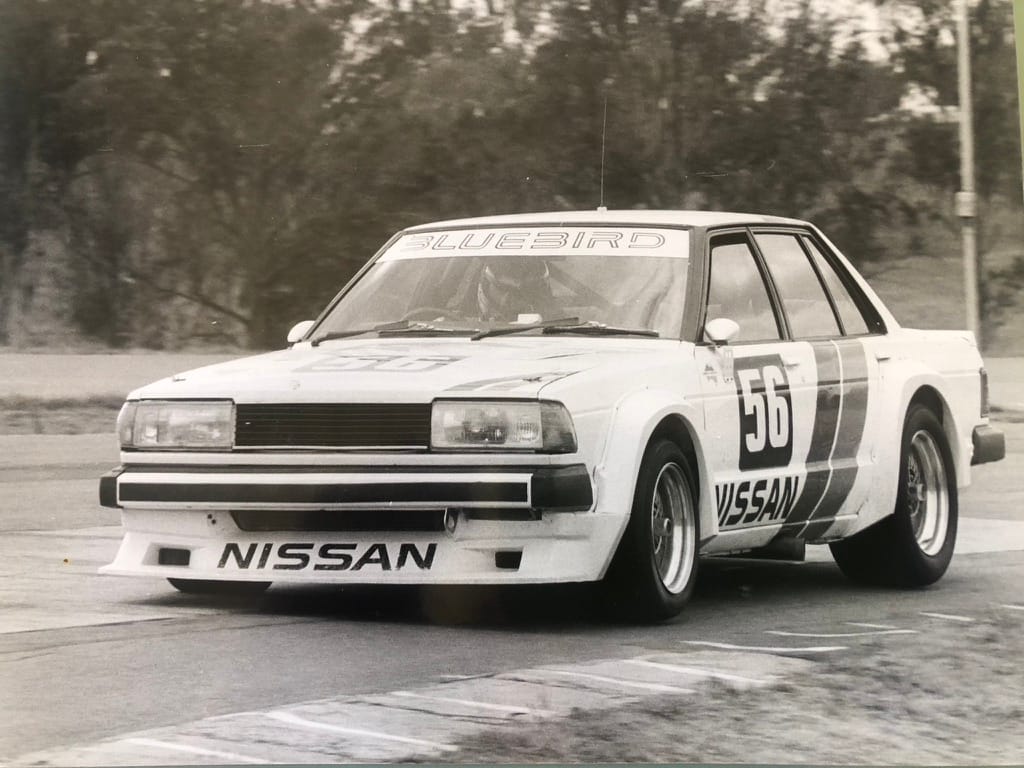
Then Marsden, Gibson and friends got to work down under.
Driving it at the time, as a group of motoring journalist who were invited guests of Marsden at Oran Park, it was scary fast. It was light and flighty, although it looks tough and planted in my black-and-white pictures from the day.
The turbo lag was massive and at the left-handed Suttons Corner I can remember pushing hard on the go pedal and then easing off the accelerator before the apex to ensure the car didn’t snap sideways as the power arrived on the slightly off-camber exit.
All the motor writers reported the same thing, as Marsden – stoic as always – stood and calmly switched drivers and logged the lap times. I still have his hand-written note, with a 48.8-second lap as my best time, tucked away with the pictures.
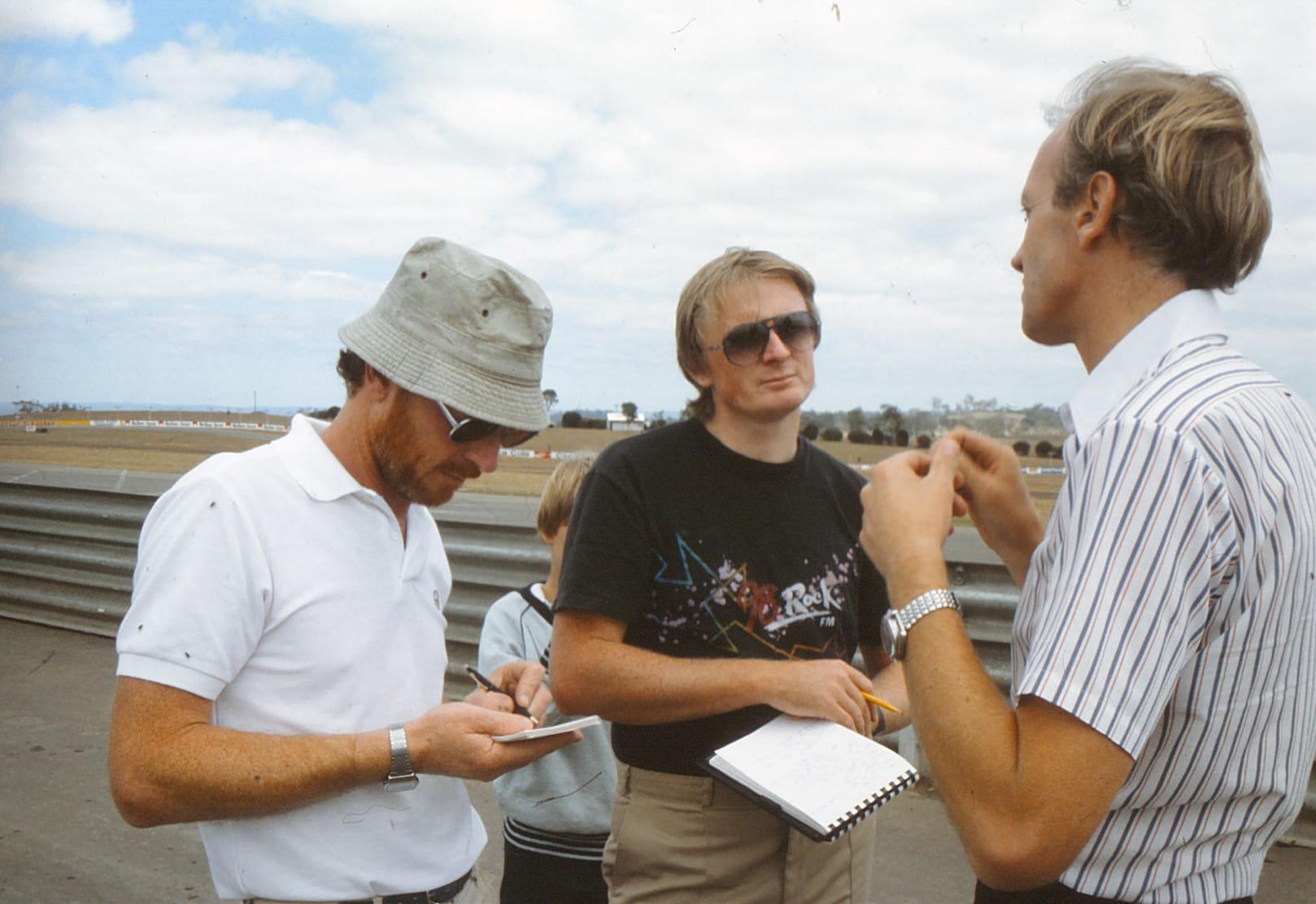
That day at Oran Park I gained even more respect for Fury and the rest of the Bluebird fighters.
But there is more to the story.
The regulations for Group C touring cars meant the racers had to be surprisingly stock in many areas, including the cabin. The standard dashboard had to stay and so did the door trims and even the back seat.
Adjusting turbo boost on the cars was strictly outlawed.
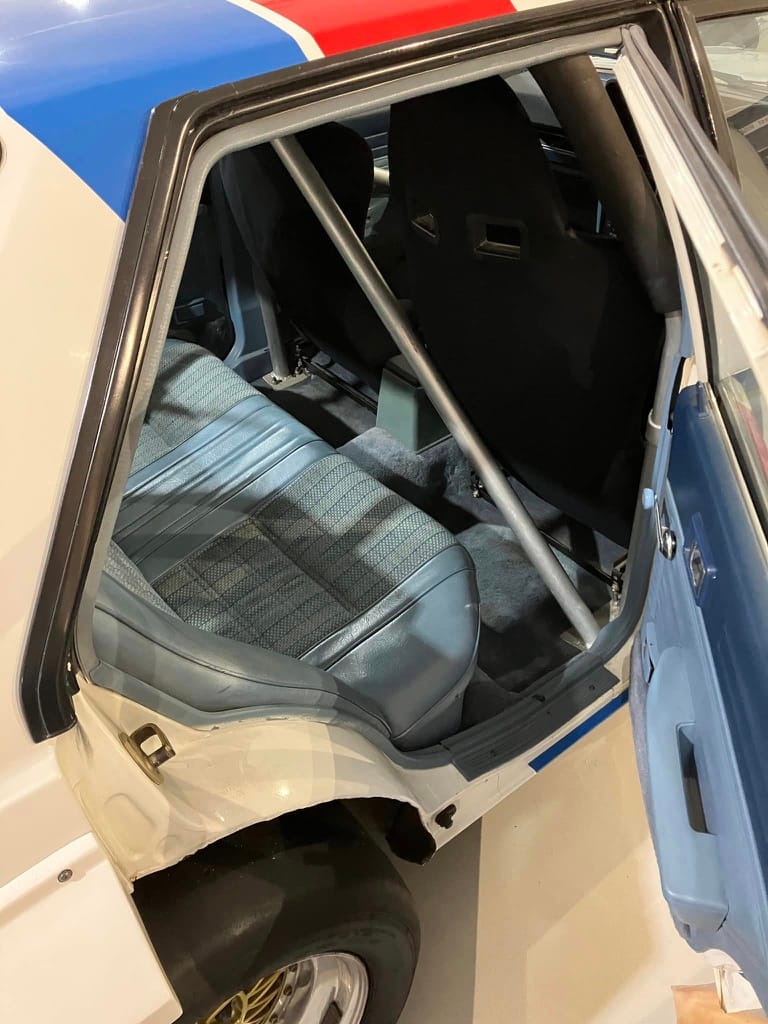
The members of the media scrum always suspected some fiddling on the boost front, because the car was always so wicked and quick in qualifying but relatively docile and controllable for races.
But no-one could ever prove anything and so the Bluebird was followed by two generations of the Skyline – I drove both and they were still not easy, with the DR30 comparable to a 300-horsepower Datsun 1600 – before the arrival of the GT-R. The Skylines were better and did a bunch of winning, but it took Godzilla to finally put Nissan on top of touring car racing.
Many years later, once Marsden had had led Nissan in rallying and Le Mans sports cars in Europe, he returned to his spiritual home at Ford Australia. He was head-hunted to try and re-create the glory days of the Falcon, when he was in charge of the GTHO competition cars, under the leadership of Geoff Polites
We often talked, and he even suggested I should take a Falcon Ute – prepared by Rob Herrod in Melbourne, using an automatic gearbox – into the Australian Rally Championship.
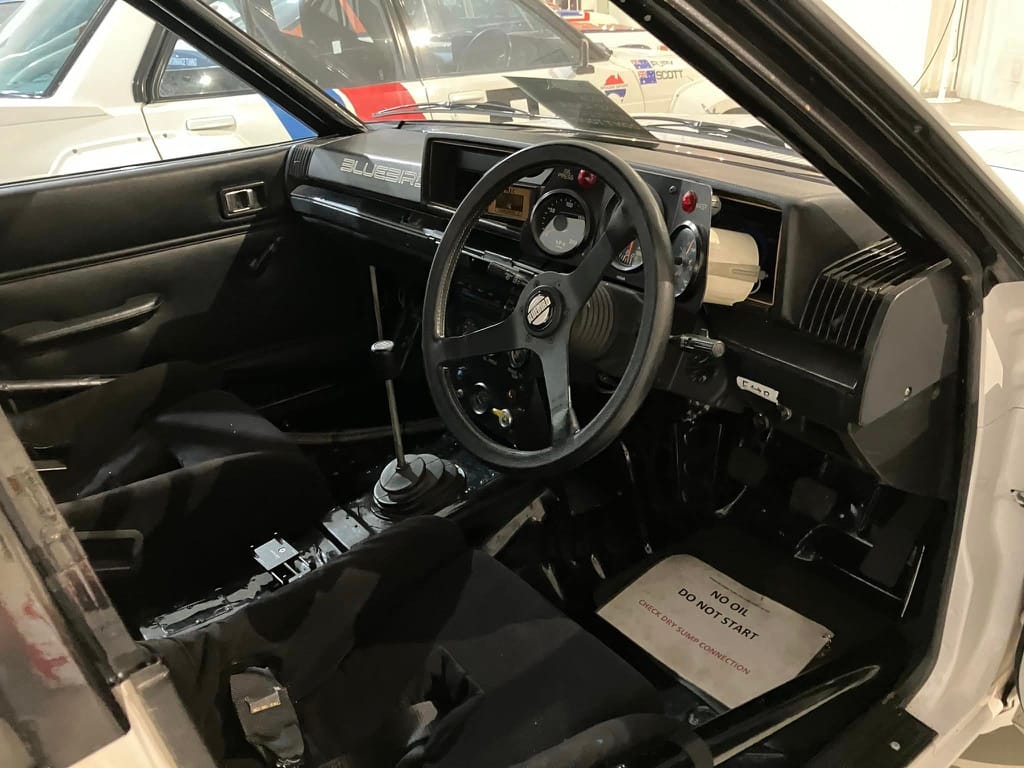
But I always wondered about the Bluebird.
I'm fairly certain we were at Calder Park, watching a round of the touring car championship, when I saw an opening. Holdens out-numbered Fords and Marsden was in the early days of trying to boost numbers and also get the Falcon back to the front of the pack.
He was not happy as there was a series of blue-on-blue contacts while the Commdores romped at the front.
“Lovely. Fords running into other Fords,” Marsden said as we spectated from the safety of the Press Room. He always had a very dry sense of humour, especially when he was not happy.
Sensing my chance, I jumped in to distract him.
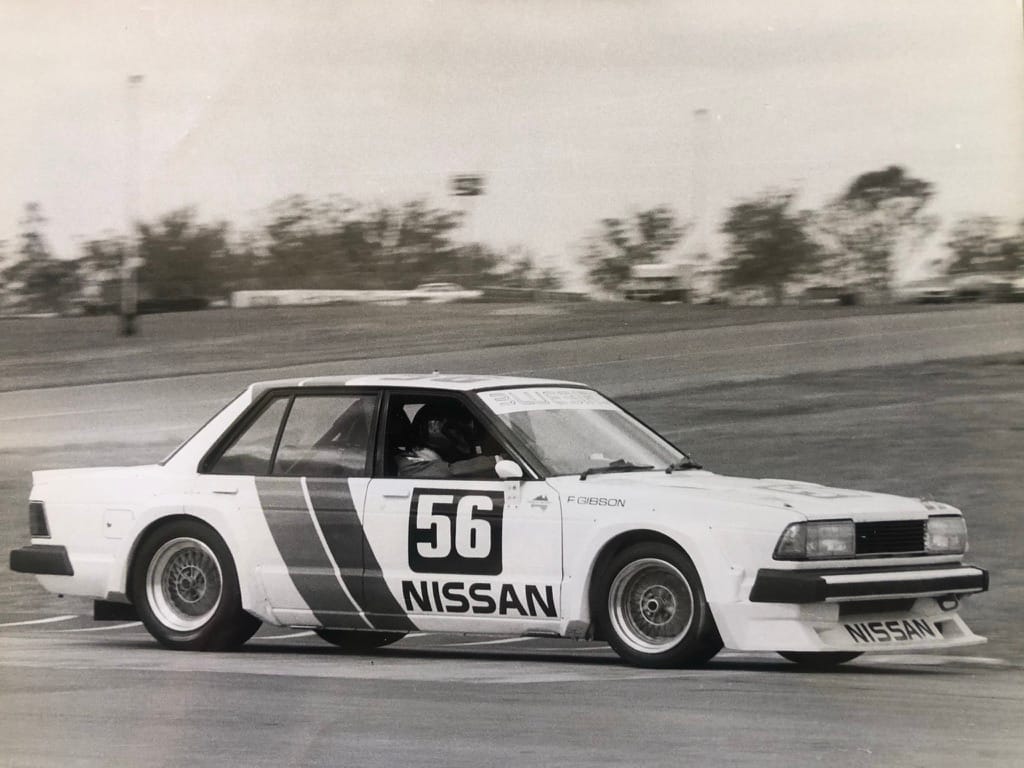
“So, Howard, I think it’s been long enough. Can you finally tell me about the turbo boost in the Bluebird?” I began.
“Well, yes,” he replied. He wasn't actually admitting to the words "adjustable boost" but the implication was very clear.
“So, how do you think we did it?”, he then asked me, with a sly half-smile.
“We always thought you had an adjustment knob hidden somewhere in the cabin,” I ventured.
“Where would that have been?” he asked, not giving any hints.
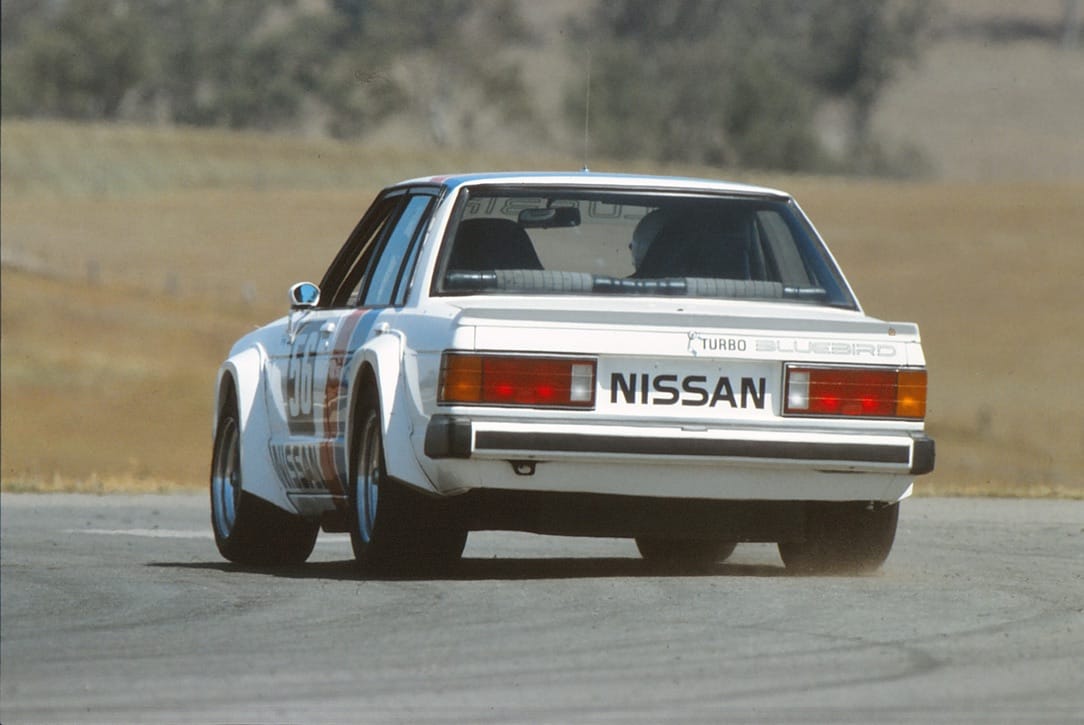
Remembering the Bluebird had a standard dashboard with just a couple of extra gauges and a racing steering wheel, this had always been the big question at the time the turbo was racing.
“We thought it was in the ashtray, but we could never find it," I said.
“Ah,” said Marsden.
Then he paused.
"Actually, Paul, it was the ashtray.
"Pull it out for more boost, push it in for less boost."


